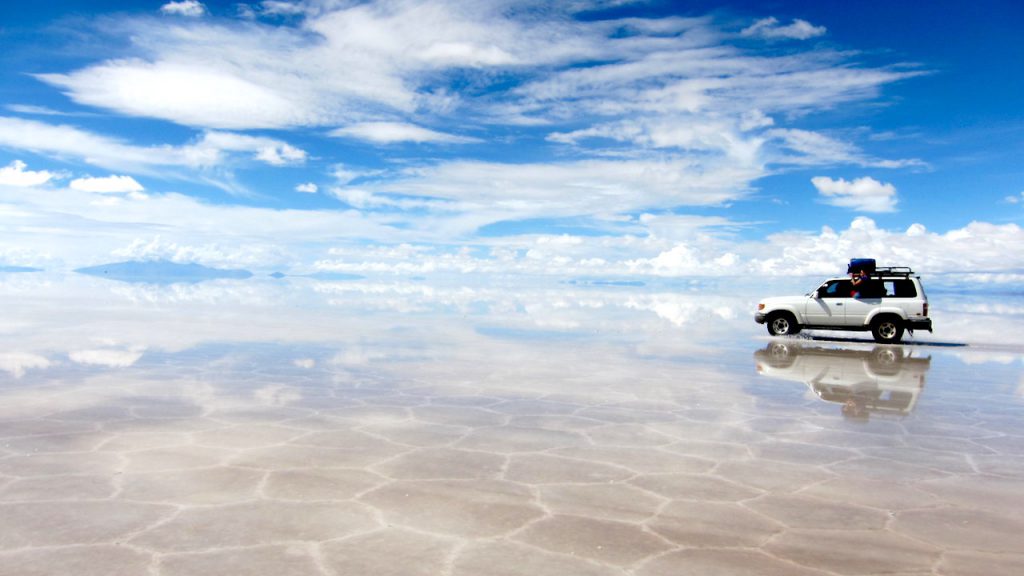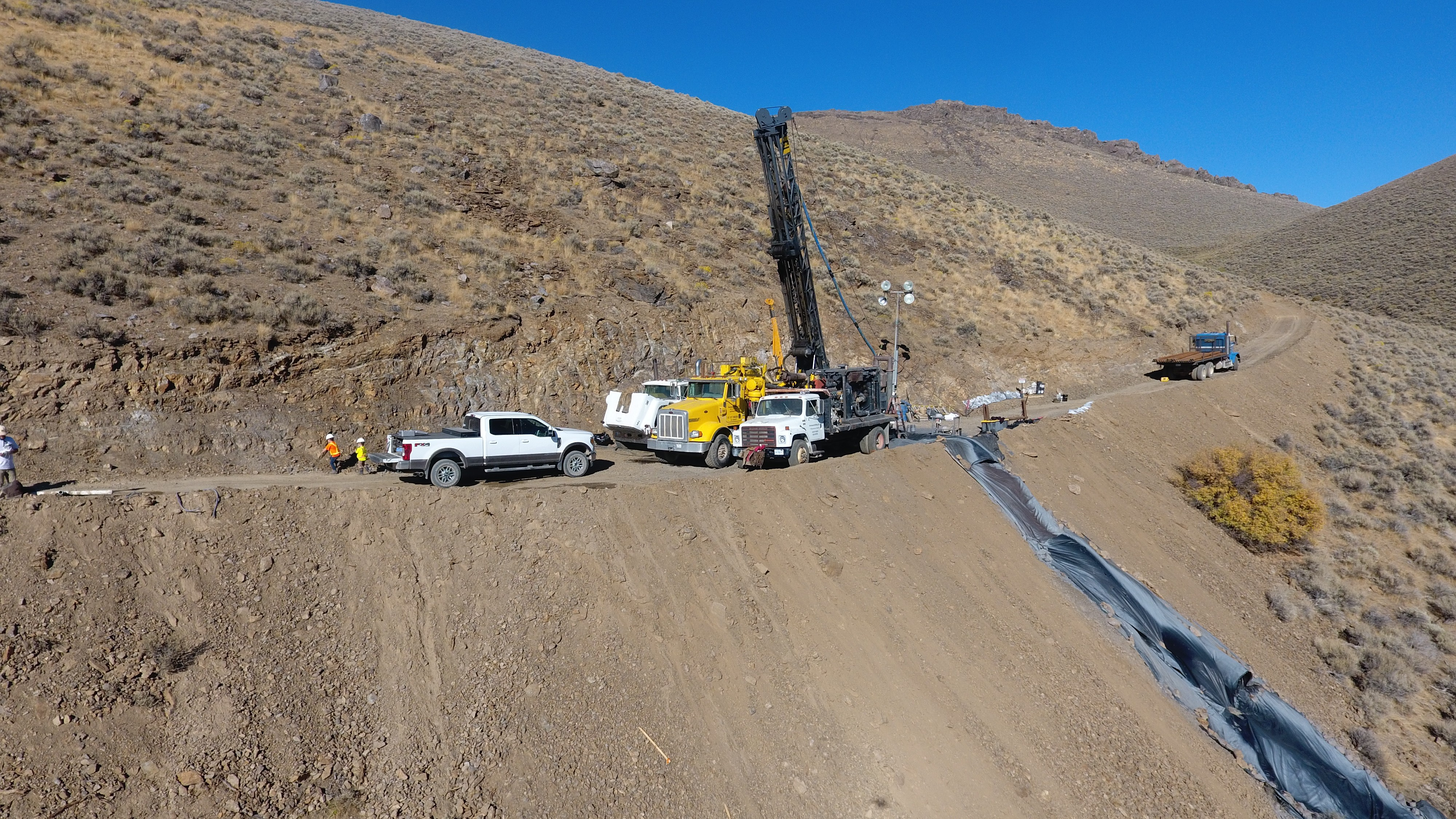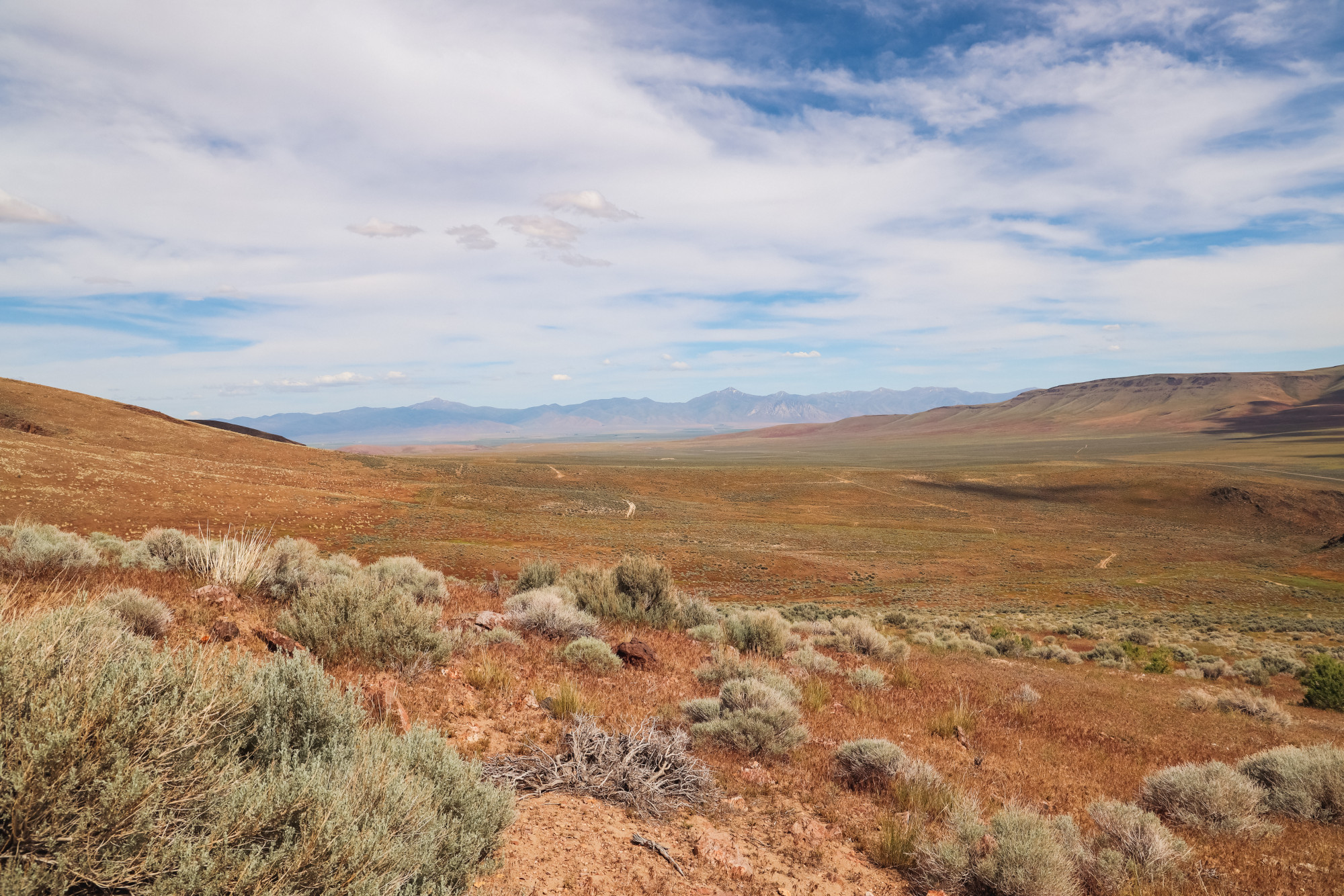The launch in July of the new Nestor Kirchner gas pipeline linking Argentina’s giant Vaca Muerta shale field with the capital Buenos Aires will hasten that decline. Once oil firm YPF completes a second stage next year, authorities say that Argentina will no longer have to import gas either from Bolivia or by sea.
Meanwhile, as Bolivia runs out of hydrocarbons, the country is fast becoming a net energy importer.
Its deteriorating terms of trade are now threatening the economic model left by strongman President Eco Morales (2005-2019) who subsidized food and energy prices to shield household incomes from the vagaries of international markets.
The strategy means Bolivia has dodged the soaring inflation which has scourged its neighbours; consumer prices rose by less than 1% in the first six months of the year.
But as the growing cost of subsidies push the government further into debt, the model is beginning to buckle.
Reserves at Bolivia’s central bank have tumbled from US$15 billion in 2014 to just US$3.2 billion today. Rumors that the country could soon run out of U.S. currency triggered panic buying earlier this year, with long lines of Bolivians queuing for hours to change money.
Bond yields spiked and a rating agency slashed the country’s credit rating amid fear of a possible default. To avoid a collapse, the central bank began selling dollars directly to the public and, to bolster its reserves, sold half of its gold reserves.
This has steadied nerves. Dollar purchases have declined since the central bank’s governor Edwin Rojas reassures the public it has enough reserves to cover imports and debt payments.
But nobody believes Bolivia is out of trouble. Another fall in exports, jump in energy prices or crisis in its volatile politics could spark another panic.
Economic miracle
The crisis marks the end of Bolivia’s economic miracle which made it one of South America’s fastest growing economies so far this century. Gas-backed public spending helped to lift millions out of poverty and created a new middle class.
As the gas boom fades, authorities in La Paz are looking for new industries to take its places.
In the eastern grasslands, cattle ranching and soy farming are booming to meet demand from China.
But the government is putting more hope in the huge lithium resources, estimated to be the world’s largest, hidden in the salt-flats in the western highlands.
Nationalized in 2008, so far little progress bringing the lithium to the surface. State lithium company Yacimientos de Litio Bolivianos (YLB) is currently ramping up the first industrial-scale plant with capacity to produce 15,000 tonnes a year of lithium carbonate.
A lack of technology as well as testy regional politics are to blame. A deal with a small German firm had to be cancelled in 2019 as politicians in Potosí, the nearest city, demanded a bigger slice of the pie.
Now following an international tender last year, YLB is signing contracts with foreign firms that will provide the technology to massively increase production over the next decade.
In January this year, the company signed a contract with a consortium of three Chinese companies – CATL, the world’s largest producer of lithium-ion batteries, CMOC Group (previously China Molybdenum) and BRUNP Recycling. They plan to invest a total of US$1.4 billion to build two plants with capacity to produce 25,000 tonnes a year of lithium carbonate each,
Now in June, YLB signed two more contracts – with Chinese conglomerate Citic Group and Uranium One, part of Russian nuclear energy firm Rosatom – to build two more plants of a similar scale.
Given the size of the resources, Bolivia sees its lithium industry playing a key role in the global transition to electric vehicles with huge economic benefits.
The question is how quickly these projects can be brought into production. Even after the regulatory and political hurdles, lithium brine operations are notoriously tricky to bring into production, each Salar presenting its own chemical challenges. The giant Uyuni salar for example offer much higher levels of precipitation and impurities like manganese than Chile’s Salar de Atacama.
These challenges mean that it will take time for revenues from lithium exports to begin flowing.
“These projects are not going to have any impact on lithium production in the next five years,” predicts Daniel Jimenez, a former SQM executive who now runs his own consultancy business iLi Markets.
By then the lithium boom could be fading. While global demand for the mineral is expected to grow sixfold by 2030 to around 2 million tonnes, producers from Argentina to Australia are ramping up output. Since the end of last year, lithium carbonate prices in China have tumbled from over US$80,000 a tonne to just US$30,000 a tonne by some estimates. Meanwhile, changing battery technology and recycling could limit the need for new supply.
“It’s a misperception to image that lithium will be to Bolivia what oil is to Saudi Arabia,” says Jimenez.
Another promising sector is metallic mining. Mining has been a central part of Bolivia’s economy and culture since colonial times when silver from mines of Potosi financed the Hapsburg Empire. In the twentieth century, it was a leading tin producer.
But this century, nationalizations and volatile politics scared off most foreign investment in the sector. Glencore (LSE: GLEN), Coeur Mining (NYSE: CDE) and Sumitomo Corp. have all exited the country in recent years. But junior companies are continuing to see opportunities.
Last year, Santa Cruz Mining (TSXV: SCZ) acquired Glencore’s zinc operations for US$20 million while privately-owned San Cristobal Mining acquired the San Cristobal mine from Sumitomo Corp. in a deal completed in February.
Meanwhile, greenfield discoveries are being made.
New Pacific Metals (TSX: NUAG), one of the first exploration firms to return to Bolivia, is already planning a new silver mine at its Silver Sands project, where it has identified a 200 million oz. resource (54.3 million tonnes grading 116 grams silver per tonne).
The company is now advancing a second major find, Carangas, in the west of the country where as well as silver, it could also be on the brink of a major gold discovery.
“Bolivia possesses remarkable geology, along with a rich mining heritage and has remained relatively unexplored over the past two decades,” NPM President Andrew Williams told The Northern Miner.
The authorities have picked up on this renaissance in mine investment and are getting behind projects which they hope will bolster Bolivia’s economic fortunes.
President Luis Arce has identified several promising projects, including Silver Sands, which he hopes will enter production by the time he stands down in 2025.
Last month he appointed a new minister of Mining and Metallurgy charged with speeding up development of the sector.
“Let’s put our foot down to create more jobs, new businesses, more revenue with a modern mining industry that benefits all Bolivians,” said Marcelino Quispe said on taking office.




